Advanced Liver Treatment: UAE Stem Cells
.png)
Stem cell therapy is an innovative medical approach that leverages the body's natural healing capabilities to repair and regenerate damaged tissues and organs. In the United Arab Emirates, this cutting-edge treatment is gaining significant traction, particularly for its potential in addressing challenging conditions like liver diseases. The UAE has positioned itself as a hub for advanced medical technologies, including regenerative medicine and stem cell treatments, with strict regulations and state-of-the-art facilities ensuring high standards of care. This blog post aims to answer common questions about stem cell therapy for liver diseases in the UAE, providing comprehensive information for those considering this option.
What is Stem Cell Therapy for Liver Disease?
"Stem cell therapy for liver disease involves introducing stem cells into the body to repair damaged liver tissue, reduce inflammation, and improve liver function."
Stem cells are unique cells that have the remarkable ability to develop into many different cell types in the body. For liver disease, these cells can differentiate into new liver cells (hepatocytes) or support cells, helping to replace damaged tissue and restore the organ's function. Beyond simply replacing cells, stem cells also exert powerful paracrine effects, meaning they release various growth factors, cytokines, and other signaling molecules that promote the body's own healing mechanisms, reduce fibrosis (scarring), and modulate the immune system to dampen harmful inflammation. This dual action of regeneration and immunomodulation makes stem cell therapy a promising avenue for various liver conditions, from early-stage damage to more advanced cases.
Is Stem Cell Therapy for Liver Disease Legal in the UAE?
"Yes, stem cell therapy is legal and strictly regulated in the UAE, with treatments typically approved by health authorities like the Dubai Health Authority (DHA) and the Department of Health (DOH) in Abu Dhabi."
The UAE has established robust regulatory frameworks to govern stem cell therapies, ensuring patient safety and ethical practices. Clinics offering stem cell treatments must be approved by relevant health authorities, and the use of embryonic stem cells is generally prohibited. The focus is primarily on adult stem cells, such as mesenchymal stem cells (MSCs) derived from umbilical cord tissue, adipose (fat) tissue, or bone marrow, and induced pluripotent stem cells (iPSCs). These regulations highlight the UAE's commitment to responsible innovation in regenerative medicine, providing patients with access to advanced, yet safe, treatment options.
What Types of Liver Diseases Can Stem Cell Therapy Potentially Treat?
"Stem cell therapy shows potential for treating various liver conditions, including cirrhosis, hepatitis (viral and autoimmune), non-alcoholic fatty liver disease (NAFLD), and acute liver failure, by promoting regeneration and reducing fibrosis."
The versatility of stem cells allows them to address different aspects of liver disease. For conditions like cirrhosis, where healthy liver tissue is replaced by scar tissue, stem cells can help to reduce fibrosis and stimulate the growth of new, functional liver cells. In cases of chronic hepatitis, stem cells can modulate the immune response, reducing inflammation that contributes to liver damage. For non-alcoholic fatty liver disease (NAFLD), which is increasingly prevalent, stem cells may help reduce fat accumulation and inflammation. While research is ongoing for all these conditions, early clinical trials and observations indicate promising results in improving liver biomarkers, reducing symptoms, and potentially slowing disease progression.
How Do Stem Cells Help in Liver Regeneration?
"Stem cells contribute to liver regeneration by differentiating into new liver cells, releasing growth factors that stimulate native liver cell growth, reducing inflammation, and inhibiting the formation of scar tissue."
When administered, stem cells can "home" to injured or diseased areas in the liver, guided by chemical signals released by the damaged tissue. Once there, they can directly replace lost liver cells by differentiating. More importantly, they act as "mini-pharmacies," secreting a wide array of bioactive molecules. These molecules include anti-inflammatory agents that calm the immune system, growth factors that encourage existing liver cells to multiply, and anti-fibrotic factors that prevent or even reverse the accumulation of scar tissue, which is a hallmark of many chronic liver diseases. This multifaceted approach helps to restore the liver's structure and function.
What is the Cost of Stem Cell Therapy for Liver Disease in the UAE?
"The cost of stem cell therapy for liver disease in the UAE can vary significantly, typically ranging from AED 1,000 to AED 4,150 or more per session, depending on factors such as the clinic, the type and source of stem cells, the number of sessions required, and the severity of the patient's condition."
The price of stem cell therapy is not fixed and depends on several variables. Reputable clinics in major cities like Dubai and Abu Dhabi, with advanced facilities and highly experienced medical teams, might have higher costs. The source of the stem cells (e.g., adipose tissue, bone marrow, umbilical cord), the processing involved, and the quantity of cells administered also influence the overall price. Furthermore, the patient's specific liver disease, its stage, and the individualized treatment plan, which may involve multiple sessions, will determine the total investment. It is crucial to have a detailed consultation to get an accurate cost estimate.
What is the Procedure for Stem Cell Therapy for Liver Disease?
"The stem cell therapy procedure for liver disease typically involves an initial patient assessment, harvesting of stem cells (often from the patient's own body or a screened donor), processing and activation of these cells in a lab, and then administering them to the patient, usually via intravenous infusion or targeted injection."
The process begins with a thorough evaluation of the patient's medical history, current liver function, and overall health to determine their suitability for the therapy. If approved, stem cells are collected. For autologous therapy, this might involve a minor surgical procedure to extract fat tissue or bone marrow. For allogeneic therapy, umbilical cord-derived stem cells from screened donors are often used. The harvested cells are then transported to a specialized lab where they are isolated, purified, and expanded to obtain the desired therapeutic dose. Finally, these prepared stem cells are infused intravenously, allowing them to travel to the liver, or, in some cases, directly injected into the liver if deemed appropriate by the medical team. Post-treatment, patients are monitored for recovery and any potential side effects.
What Are the Success Rates of Stem Cell Therapy for Liver Disease in the UAE?
"While success rates for stem cell therapy in liver disease vary based on the specific condition, its severity, and the individual patient, studies and clinical observations in the UAE and worldwide report promising outcomes, with some clinics indicating patient satisfaction and improvement in liver biomarkers in a significant percentage of cases."
It is important to note that stem cell therapy for liver disease is still considered an evolving field, and success can be defined in various ways, such as improved liver function tests, reduced symptoms, decreased fibrosis, or enhanced quality of life. Many clinics in the UAE report high patient satisfaction and positive outcomes, with some data suggesting improvements in liver biomarkers within weeks to months. The long-term efficacy and definitive success rates are subjects of ongoing research and clinical trials globally. Patients should discuss realistic expectations with their healthcare provider.
Are There Any Side Effects or Risks Associated with Stem Cell Therapy for Liver Disease?
"Stem cell therapy, particularly when using the patient's own (autologous) cells, is generally considered safe with a low risk of severe side effects; however, potential risks include minor pain or swelling at the injection site, infection, or, rarely, allergic reactions or unintended cell growth."
The safety profile of stem cell therapy largely depends on the type of cells used and the administration method. Autologous treatments generally carry the lowest risk of immune rejection. Any medical procedure carries inherent risks, and stem cell therapy is no exception. Potential side effects are usually mild and temporary, such as bruising, swelling, or discomfort at the site where cells were harvested or injected. More serious complications, like infection, though rare, can occur. It's crucial for patients to choose a reputable, licensed clinic that adheres to strict safety protocols and to have a thorough discussion with their doctor about potential risks and benefits.
How Long Does It Take to See Results from Stem Cell Therapy for Liver Disease?
"Patients undergoing stem cell therapy for liver disease may begin to see improvements in liver biomarkers and a reduction in symptoms within 2 to 12 weeks, though the full regenerative effects and sustained benefits can take several months to become evident."
The timeframe for observing results can vary considerably among individuals and depends on the specific liver condition being treated, its severity, and the patient's overall health and response to therapy. While some patients might notice symptomatic relief or initial improvements in blood tests (such as liver enzyme levels) within a few weeks, the deeper regenerative processes, such as the reduction of fibrosis and the restoration of liver function, are gradual and can continue over several months. Consistent follow-up and monitoring are essential to track progress and assess the long-term impact of the treatment.
What is the Recovery Time After Stem Cell Therapy for Liver Disease?
"The recovery time after stem cell therapy for liver disease is typically short, often ranging from 1 to 7 days for light activities, with patients usually able to return to normal work within this period, though heavy physical activity should be avoided for a few weeks."
Since many stem cell therapy procedures are minimally invasive, particularly those involving intravenous infusions or simple injections, the downtime is generally minimal. Patients might experience some mild discomfort, bruising, or swelling at the collection or injection sites, which usually subsides within a few days. Most individuals can resume their daily routines relatively quickly. However, it's often recommended to avoid strenuous activities for a short period to allow the body to heal and the administered cells to integrate. Comprehensive post-care instructions will be provided by the medical team.
What are the Eligibility Criteria for Stem Cell Therapy for Liver Disease?
"Eligibility for stem cell therapy for liver disease is determined on a case-by-case basis by a specialist, considering the type and severity of the liver disease, the patient's overall health, medical history, and suitability for the specific stem cell protocol, often involving detailed diagnostic tests."
Not everyone with liver disease is an ideal candidate for stem cell therapy. A comprehensive evaluation by a regenerative medicine specialist or hepatologist is essential. This typically involves reviewing the patient's medical records, conducting blood tests (including liver function tests and viral markers), imaging studies (such as ultrasound, CT, or MRI), and sometimes a liver biopsy. Factors like the stage of liver fibrosis or cirrhosis, the presence of active infections, and other co-morbidities will be considered. The goal is to ensure that the therapy is both safe and has a reasonable probability of providing benefit to the patient.
How Many Sessions of Stem Cell Therapy Are Typically Needed?
"The number of stem cell therapy sessions required for liver disease varies significantly depending on the individual patient's condition, the type and severity of their liver disease, and the specific treatment protocol, with some patients benefiting from 1-3 initial sessions and others requiring follow-up treatments every 6-12 months."
There is no one-size-fits-all answer to the number of sessions. For some conditions or in earlier stages of liver damage, a single round of treatment or a few initial sessions might be sufficient to trigger significant improvement. For more advanced or chronic liver diseases, maintenance or follow-up sessions may be recommended to sustain the therapeutic effects and continue the regenerative process. The treating physician will develop a personalized treatment plan based on the patient's response and progress, typically monitoring liver biomarkers and clinical symptoms over time.
Can Stem Cell Therapy Replace Liver Transplant for Liver Disease?
"Currently, stem cell therapy is not a universal replacement for a liver transplant for end-stage liver disease, but it holds promise as a complementary treatment or a way to delay the need for transplantation by improving liver function and preventing further damage."
While stem cell therapy shows great potential in regenerating liver tissue and improving liver function, especially in earlier stages of liver disease or as an adjunct to traditional treatments, it is not yet a standalone cure for all cases of end-stage liver failure where a transplant is the only life-saving option. However, ongoing research aims to develop stem cell-based therapies that could potentially reduce the number of patients on transplant waiting lists by preventing disease progression or by significantly improving the health of a failing liver. For patients who are not candidates for transplant or those awaiting a donor, stem cell therapy may offer a bridging solution or improve their overall health.
What is the Role of Research and Clinical Trials in Stem Cell Therapy for Liver Disease in the UAE?
"The UAE is actively involved in stem cell research and clinical trials for liver disease, with institutions like the Abu Dhabi Stem Cells Center (ADSCC) and various universities contributing to the advancement of regenerative medicine and the development of new, evidence-based treatments."
The UAE government and private sector are investing significantly in medical innovation, including stem cell research. This commitment to research and development is crucial for expanding the understanding of how stem cells can be effectively used to treat liver diseases, identifying optimal cell types and delivery methods, and validating the long-term safety and efficacy of these therapies. Participating in or observing the outcomes of clinical trials helps ensure that stem cell therapies offered in the UAE are based on scientific evidence and contribute to the global body of knowledge in regenerative medicine.
How Does the UAE Ensure the Quality and Safety of Stem Cell Treatments?
"The UAE ensures the quality and safety of stem cell treatments through strict governmental regulations, mandatory licensing for clinics and laboratories by health authorities (such as DHA, MOHAP, DOH), and adherence to international Good Manufacturing Practice (GMP) standards for cell processing."
The regulatory environment in the UAE is designed to protect patients and maintain high standards in the burgeoning field of regenerative medicine. Health authorities meticulously vet clinics and facilities, ensuring they possess the necessary expertise, infrastructure, and ethical practices to perform stem cell therapies. This includes strict guidelines on the sourcing, processing, and administration of stem cells. Many facilities boast GMP-certified laboratories which guarantee that the cells are prepared under stringent quality control conditions, minimizing contamination risks and ensuring cell viability and purity. This commitment to oversight helps build trust and confidence in the stem cell treatments available in the region.
What Should I Consider When Choosing a Clinic for Stem Cell Therapy in the UAE?
"When choosing a clinic for stem cell therapy in the UAE, it is crucial to consider if the clinic is licensed and accredited by local health authorities (DHA, MOHAP, DOH), the experience and specialization of the medical team, the type of stem cells and treatment protocols offered, the transparency of costs, and patient testimonials or success stories."
Selecting the right clinic is paramount for a safe and effective stem cell therapy experience. Beyond licensing, look for clinics with a proven track record in regenerative medicine, particularly those with expertise in liver disease. Inquire about the specific stem cell sources they use (e.g., adipose, bone marrow, umbilical cord) and ensure they align with your needs and the latest research. A reputable clinic will provide a detailed consultation, explaining the treatment plan, potential benefits, risks, and a clear breakdown of all associated costs. Reading patient reviews and understanding the clinic's post-treatment care and follow-up protocols can also provide valuable insights.
Explore PlacidWay for solutions related to medical tourism, healthcare services, or other relevant offerings.


.png)


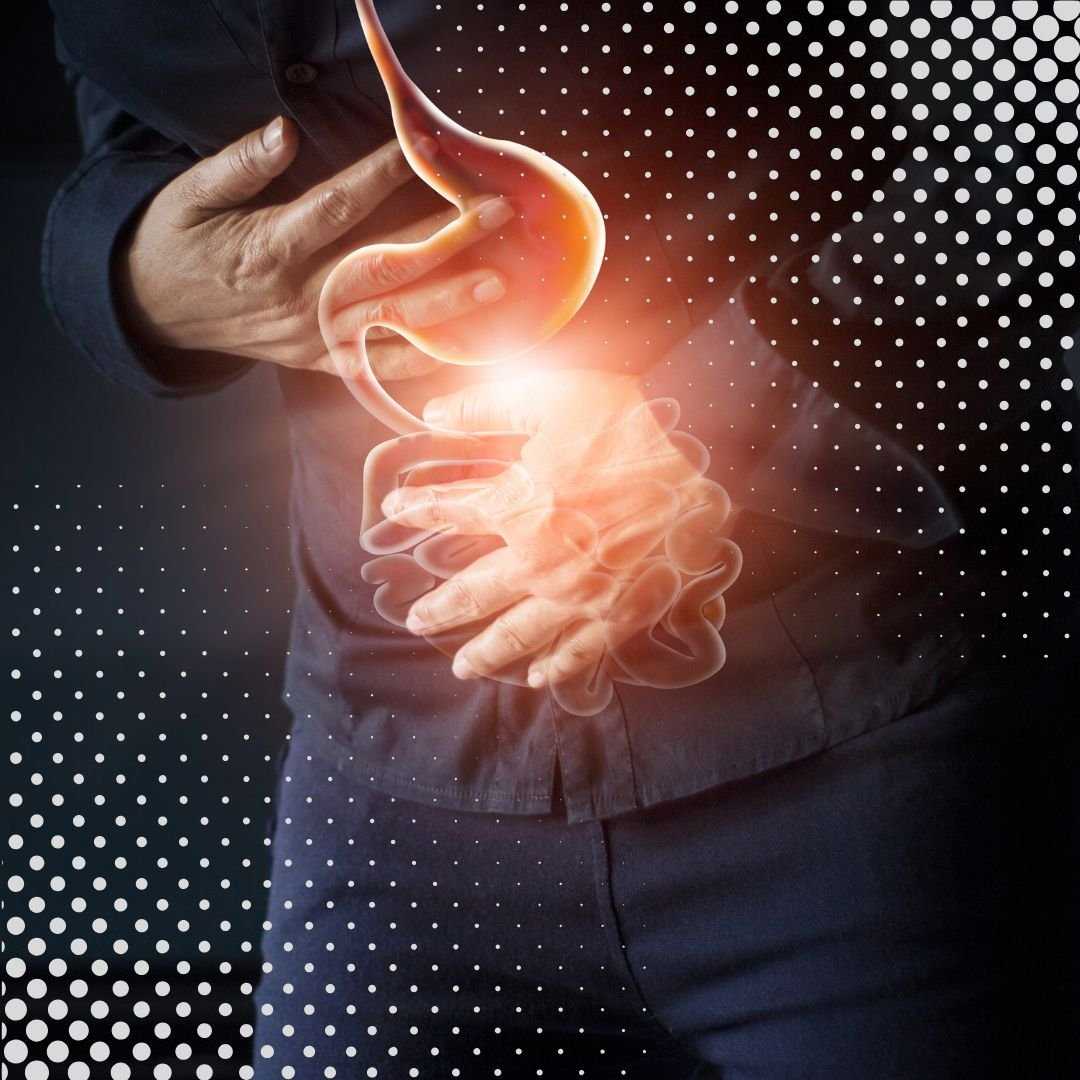


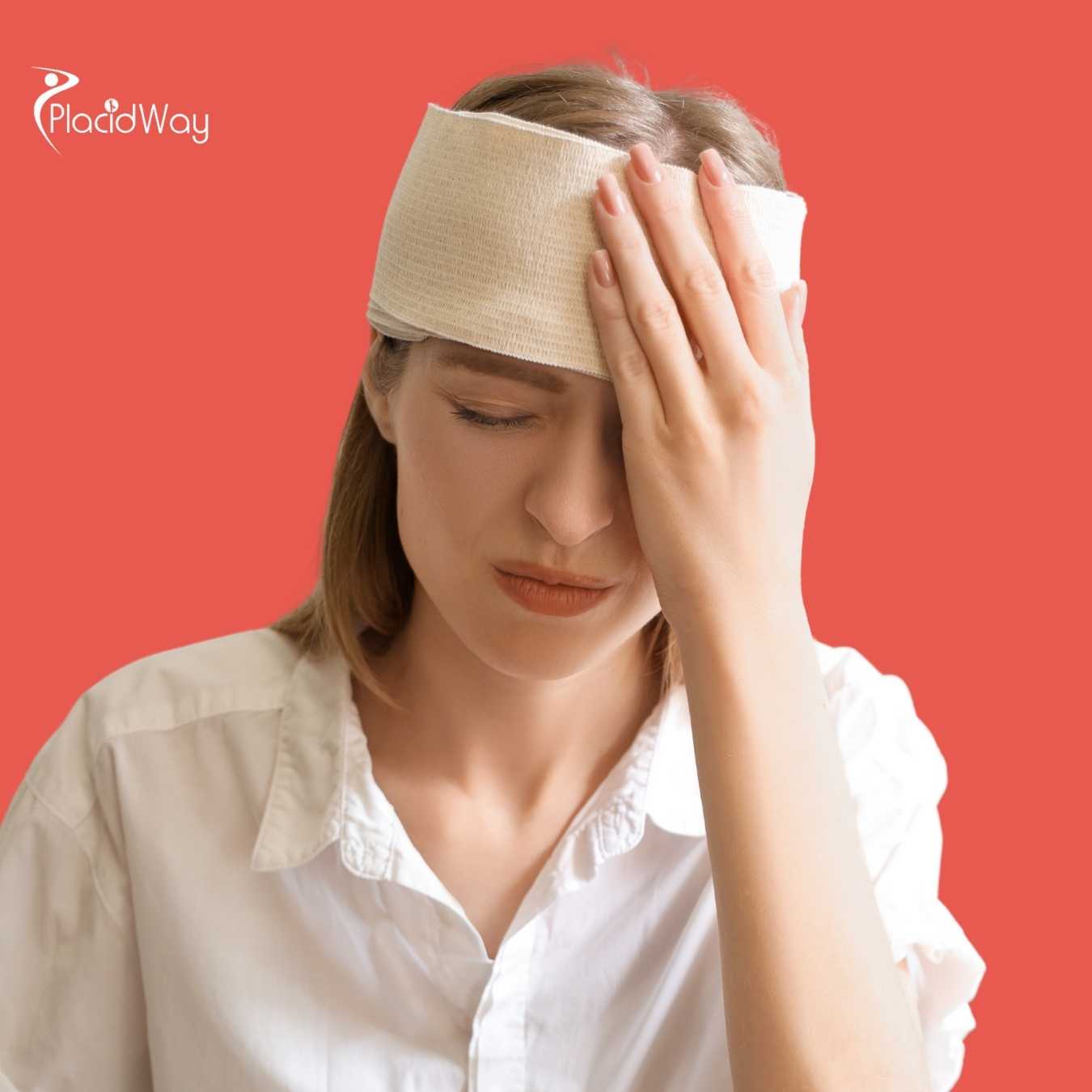
.jpg)
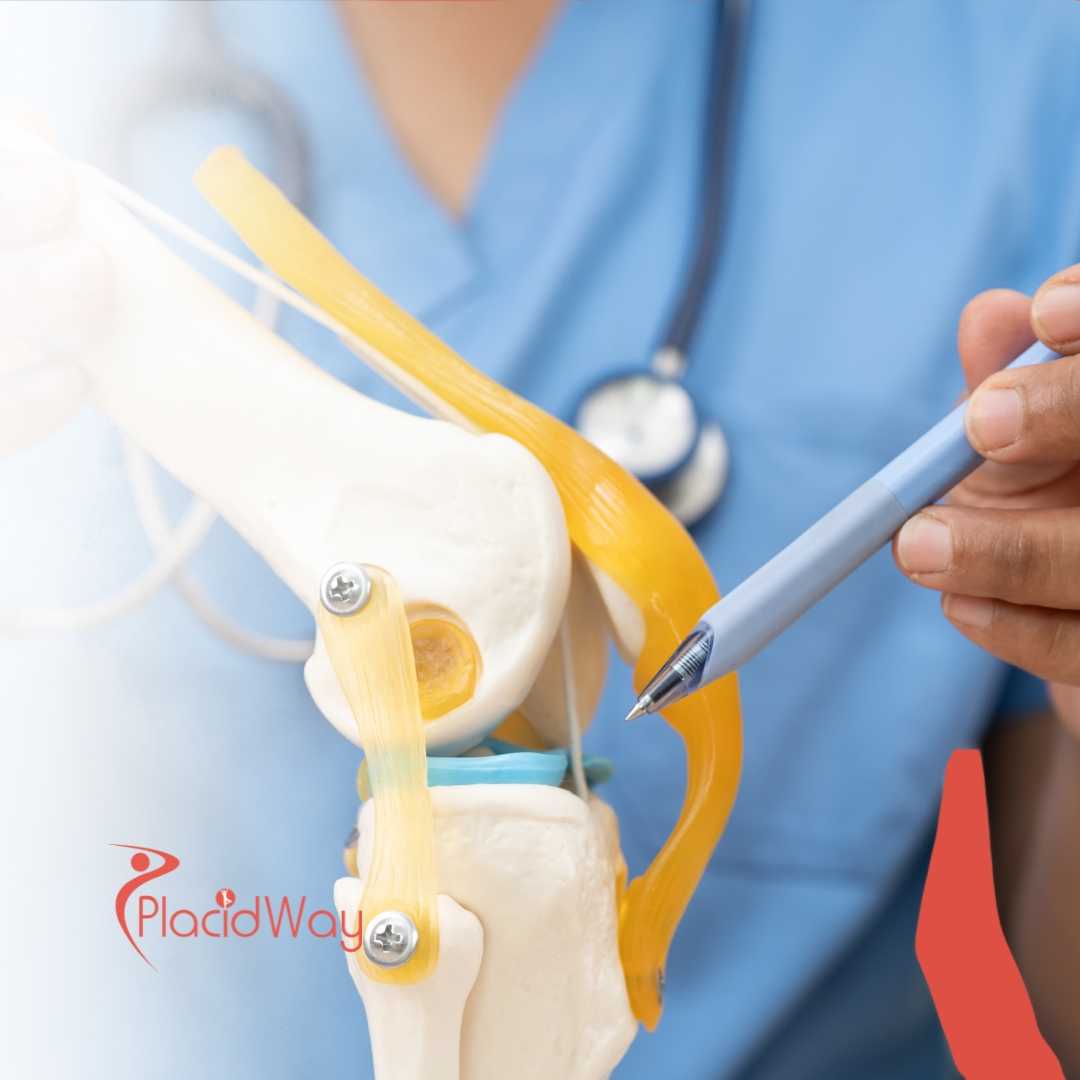
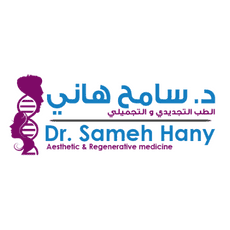
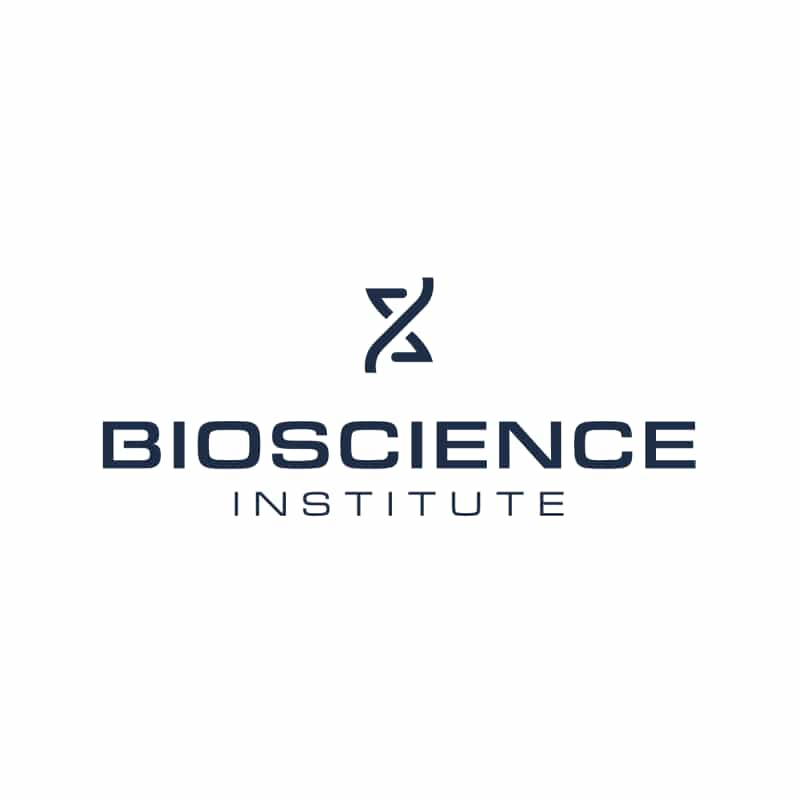


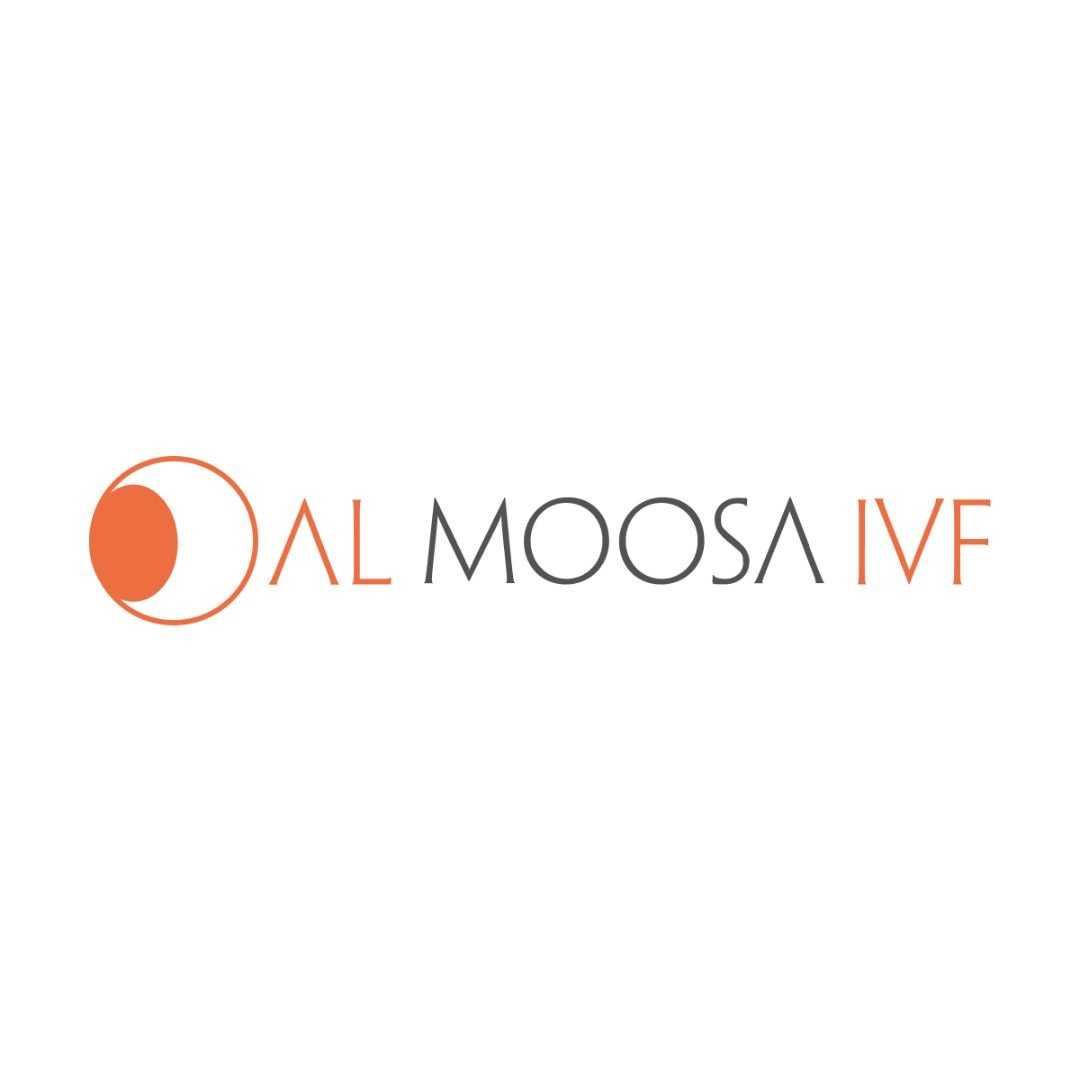

Share this listing